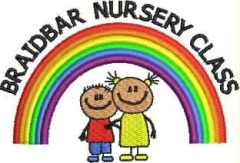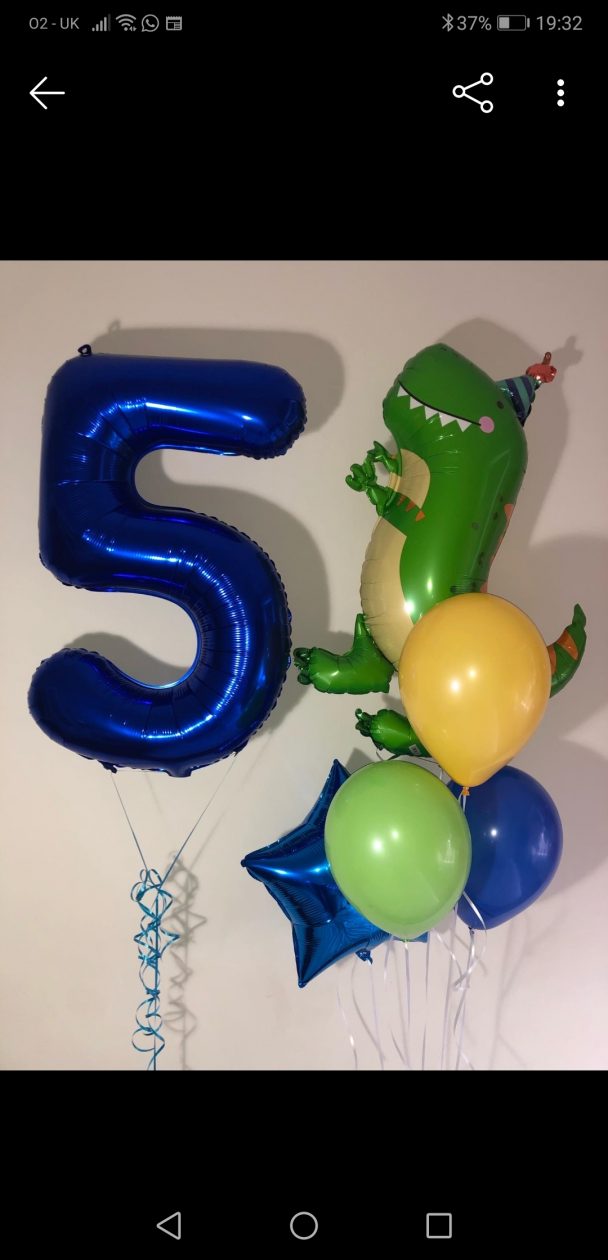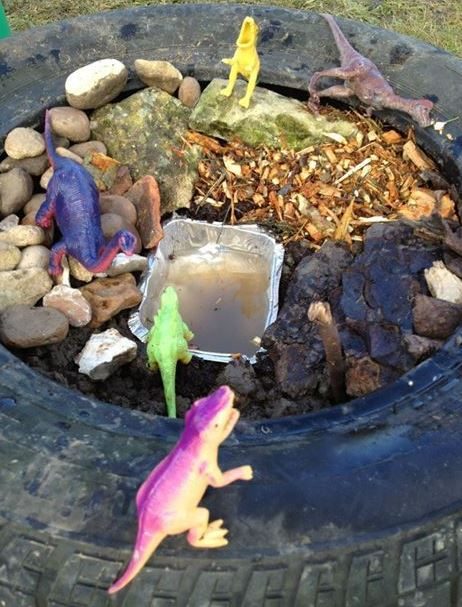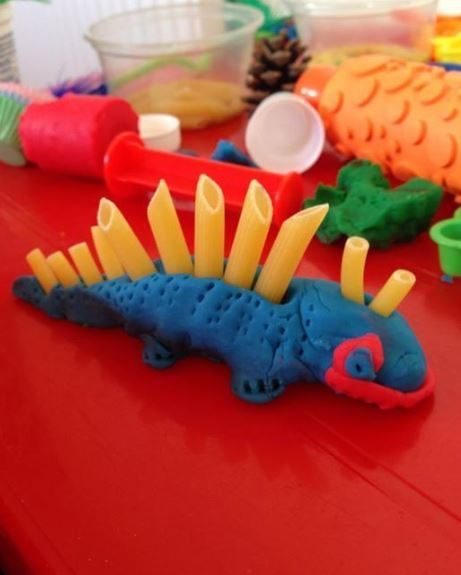Ahoj!
Today is Friday and the last day in May for our blog. May has 31 days and then we have a new month. Can you remember which month comes next..? So when you check the blog next week it will be the first of June!
Today’s suggestions are inspired by Brody who recently had his birthday and who shares a love of dinosaurs with many of you.
- Find a story where one or more of the characters is a dinosaur and read it together. Look in detail at the pictures and play a game of ‘I spy’ focusing on the starting sounds (not the letter names) of things you see. If you don’t have a dino book do this with a different story with interesting illustrations.
2. Listen to and watch these dinosaur stories. Can you hear the rhyming words in these stories? Can you play a rhyming game where your adult gives you a word and you say back one that rhymes? It could be a real word or a nonsense word, as long as you hear it rhyme at the end.
3. Can you draw your own dinosaur using a felt-tip pen? It could be a real or imaginary one – you decide. Think about the lines (jaggy, straight, wavy) and shapes (fat, thin, triangles, circles) that make up your dinosaur. Try to add as much detail as you can.
4. Can you choose a name for your dinosaur? Why don’t you try to write it/the first letter? Maybe you can draw some other dinosaurs and create your own story that you could tell and make a video or your adult could write down.
5. What do you know about real dinosaurs? Where could you find out? Take time to look in a book or online to find out facts and information. There are some factual programmes here:
https://www.bbc.co.uk/cbeebies/search?q=dinosaur&page=1
6. Follow Jaime and Tiny the T-Rex in some yoga:
7. Where would dinosaurs have lived? Can you use materials in your garden to create a habitat for them?
8. Practise the skill of printing either with your hands (or feet!) or dinosaur toys.
9. Make a dinosaur using Lego, recycling or other interesting materials.
10. It can sometimes be hard to imagine just how big dinosaurs were. Talk together and use everyday objects and comparative language to share your ideas. e.g. “I think a T-Rex was taller than our house” or “I think a Diplodocus was longer than a swimming pool but shorter than the field at Huntly.” Use a large piece of paper card to draw a dino footprint then estimate how many of your feet would fit inside. Check with foot printing or by placing in shoes. Do the same number of adult feet fit inside? Why is that?











